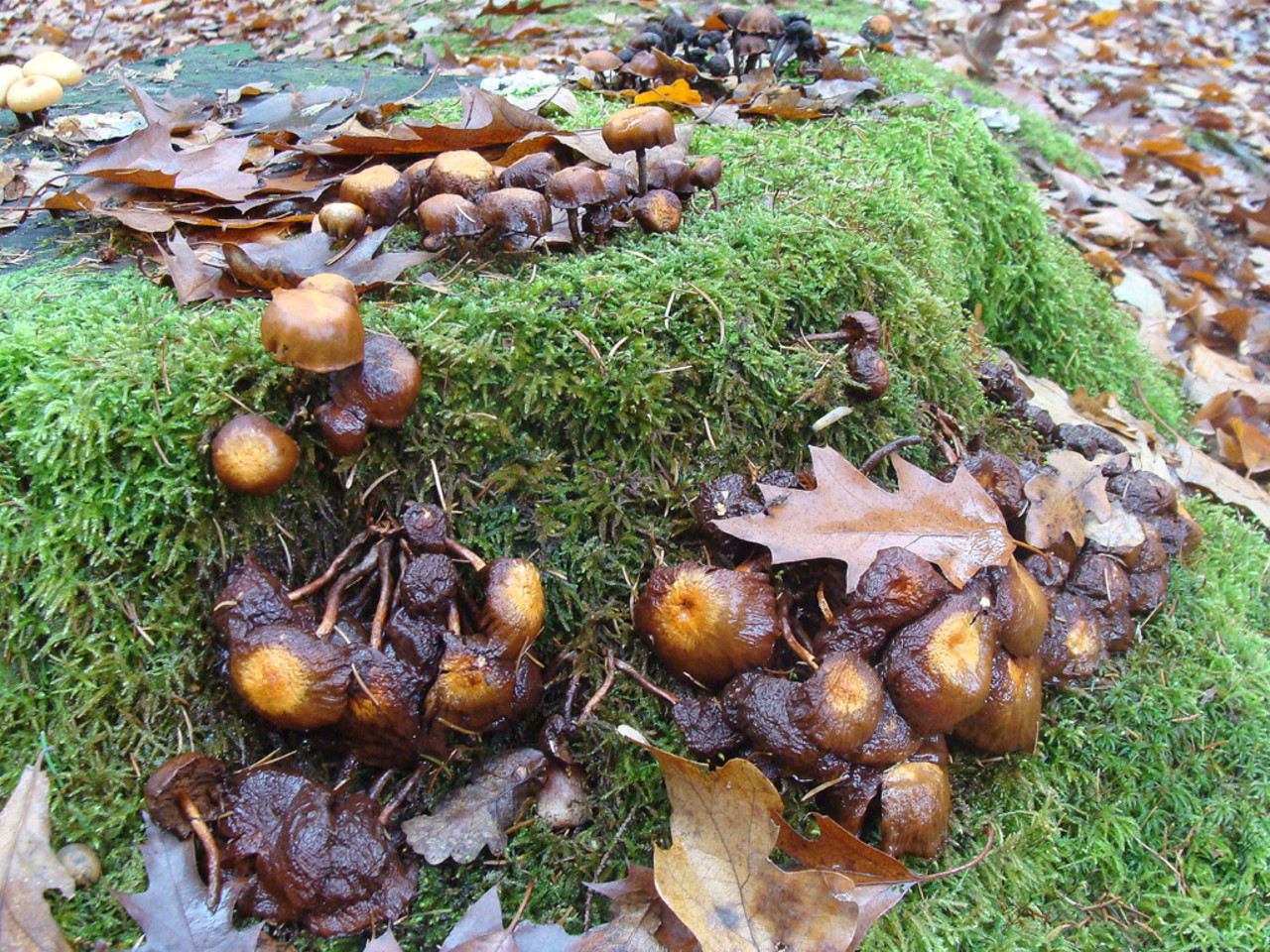Betonred: Exploring the Properties, Applications, and Advantages of Re…
페이지 정보

본문
 Lighter-colored aggregates are generally favored to minimize their impact on the chosen pigment's hue.
Lighter-colored aggregates are generally favored to minimize their impact on the chosen pigment's hue.Water: Essential for the hydration process of the cement, water quality and quantity directly influence the strength and workability of the Betonred mix.
Pigments: These are finely ground, insoluble particles that provide the desired color. The selection of pigments is crucial for achieving the desired aesthetic and ensuring long-term colorfastness. High-quality pigments are UV-resistant and chemically stable, preventing fading or discoloration over time. Portland Cement: The binding agent that hydrates and hardens, creating the concrete matrix. The type of cement used can significantly impact the final color of the Betonred. They are relatively inexpensive and provide excellent UV resistance.
Titanium Dioxide: This white pigment is used to lighten other colors or create pure white Betonred.
Chromium Oxides: These pigments produce green hues.
Cobalt Oxides: These pigments offer blue shades.
Admixtures: These are optional components added to the concrete mix to modify its properties. Admixtures can improve workability, accelerate or retard setting time, enhance durability, or reduce water demand. Common pigment types include:
Iron Oxides: These are the most widely used pigments, offering a range of earthy tones like reds, browns, yellows, and blacks. Air-entraining agents are also commonly used to improve freeze-thaw resistance, particularly in colder climates. The type, size, and color of the aggregates can influence the overall appearance and texture of the Betonred. Superplasticizers are frequently used to increase workability without adding excess water, leading to a stronger and more durable Betonred. White Portland cement is often preferred for lighter, brighter colors as it doesn't impart the greyish tone associated with standard grey cement.
Aggregates: These are inert materials, such as sand and gravel, that make up the bulk of the concrete mix.
 While further research is needed to fully understand its potential, preclinical studies have provided encouraging results and suggest that Betonred may offer a novel approach to targeting cancer cells and improving patient outcomes. The journey from bench to bedside is a long and challenging one, but the potential benefits of Betonred warrant continued investigation and development. Betonred represents a promising new anticancer compound with a unique mechanism of action and the potential to overcome some of the limitations of existing chemotherapies.
While further research is needed to fully understand its potential, preclinical studies have provided encouraging results and suggest that Betonred may offer a novel approach to targeting cancer cells and improving patient outcomes. The journey from bench to bedside is a long and challenging one, but the potential benefits of Betonred warrant continued investigation and development. Betonred represents a promising new anticancer compound with a unique mechanism of action and the potential to overcome some of the limitations of existing chemotherapies.betonred - iinsaflix.com published an article, represents a significant advancement in concrete technology, offering enhanced properties and benefits for demanding applications. By understanding the composition, characteristics, benefits, and appropriate uses of Betonred, engineers and construction professionals can make informed decisions and optimize the performance and durability of their structures. While it requires careful planning and execution, the long-term benefits of using Betonred often outweigh the initial costs and complexities. Properly specified and applied, Betonred can significantly extend the lifespan and improve the performance of critical infrastructure and building projects.
This is typically achieved through the use of water reducers and superplasticizers. Improved Workability: While achieving high strength and durability, Betonred formulations often maintain good workability, facilitating placement and consolidation.
This integral coloring prevents fading, chipping, and the general wear and tear associated with surface coatings. The key difference between Betonred and simply painting concrete lies in the fact that the color is mixed throughout the entire concrete matrix, providing a far more durable and consistent aesthetic. At its core, Betonred is Portland cement concrete that has been integrally colored using pigments.
Potable water, free from impurities, is essential. The water-cement ratio dictates the concrete's strength and durability. Water: The quality and quantity of water are crucial for proper hydration and workability.
Further research is needed to fully understand its mechanism of action, optimize its formulation, and evaluate its safety and efficacy in humans. While preclinical studies have yielded promising results, Betonred is still in the early stages of development.
Betonred, often overlooked in the broader discussion of construction materials, is a specialized type of concrete offering unique properties and advantages for specific applications. This article delves into the composition, characteristics, benefits, and appropriate uses of Betonred, providing a comprehensive understanding of this durable building material.
The key difference lies in the inclusion of red pigments, typically iron oxide pigments, which are responsible for the concrete's characteristic coloration. The fundamental composition of betonred remains consistent with standard concrete: cement, aggregates (sand and gravel), water, and admixtures.
- 이전글Boots Prescribed drugs Fast Ibuprofen Lysine 342mg 16 Tablets 25.06.06
- 다음글오미크론 KP.3 재유행, 해결책은 트리아자비린 - 러시아 직구 우라몰 ulag9.top 25.06.06
댓글목록
등록된 댓글이 없습니다.



